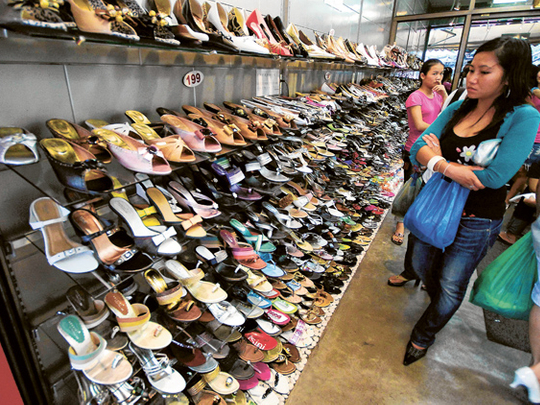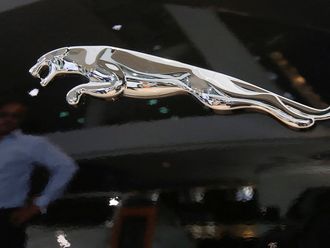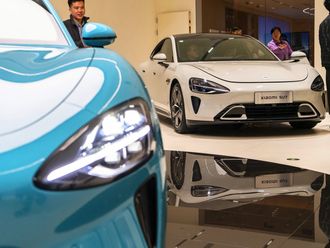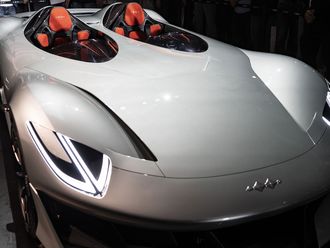
Bangkok/Melbourne: As pop music blares from a Zara store in Bangkok, Suthip Nanthavong jostles with others for bargains that might disappear in days — from stylish thin-strap t-shirts selling for 490 baht (Dh58.76) to racks of blue-denim jeans.
"When you're in the store, there's little time to think. What's here today might be gone tomorrow," said the 30-year-old flight attendant, clutching two pairs of shorts and a dress.
Some call it "fast fashion" retailing — the apparel sector's equivalent to fast-food. Across Asia, global brands are setting up shops as US and European shoppers cut discretionary spending, burdened by rising prices and a weak economic outlook.
US teen retailer Abercrombie & Fitch Co and clothing maker Gap, which operates the Gap and Banana Republic brands, are among them. They plan to open their first stores in Hong Kong's central business district in a few months.
Expansion plans by Abercrombie and other big names could hurt established Asian brands such as Giordano, Esprit and Bossini, rather than high-end clothiers.
Although Asian shoppers still aspire for luxury brands, many are embracing speciality stores with higher inventory turnover and better value, especially as a new middle class emerges with more disposable income and fickle fashion tastes.
"Cheap chic" brands are known for a limited run of new designs in as little as two weeks, a model that limits the surplus of unwanted clothes on shelves. "Consumer confidence is very high in Asia, especially China," said Shaun Rein, managing director of Shanghai-based China Market Research Group, forecasting fast-fashion retail would grow as much as 15 per cent a year in Asia.
"In the fashion retail industry, if you don't win China, you're going to lose the world."
Within four years, the Asia-Pacific apparel retail market is forecast to be 35 per cent bigger than Western Europe's, according to market-data firm Euromonitor International. Asia-Pacific's clothing market led the globe last year, advancing 7.6 per cent to $452 billion, it said.
"It is a pivotal tipping point for the industry and indicative of a new world order of consumption," said Geok Leng Loo, head of Asia-Pacific research at Euromonitor in Singapore. Abercrombie has taken a 21,000 square foot multi-level space in Singapore's Knightbridge mall for a store, its first in Southeast Asia.
Casual clothing chain Uniqlo, operated by Japan's Fast Retailing Co , launched a new store in Hong Kong's Tai Po district this month, its third store since Nov-ember.
"A majority of consumers in the Asia-Pacific, while aspiring to high-end luxury apparel brands, continue to look to trade up first to more ‘branded' brands that still remain affordable," Loo said.
Zara, owned by the world's biggest clothing retailer Inditex SA, opened stores in Sydney and Melbourne recently, while British clothing chain Topshop launched its first Osaka store in Umeda, Japan, in May 2011.
The expansion is helping companies boost profits. In June, Inditex reported a 10 per cent rise in quarterly profit as growth in emerging markets offset a slowdown in Europe. The Madrid-listed firm plans 120 Chinese stores this year.
Demand for fashion and apparel in Asian markets is expected to grow 4.7 per cent in 2011, led by a 10.8 per cent growth in China, according to consultants PricewaterhouseCoopers.
Increased attention to Asia from the world's biggest fashion companies poses a threat to regional brands that gained a foothold more than a decade ago.
"Giordano, for instance, is going to have problems because it is not considered stylish enough for the mainland market," China Market Research's Rein said.












